Photographs: Rediff Archives Masoom Gupte in Mumbai
Dudh si safedi, Nirma se aaye, rangeen kapda bhi khil khil jaaye.
Did you just read these words or find yourself humming them in your head? Most of you would surely be able to complete the rest of the jingle -- sabki pasand Nirma, washing powder Nirma!.
It's been over 30 years since this jingle was first aired.
But even today, it stays intrinsic to the brand's proposition.
The company has changed the accompanying story board over time but never once tinkered with the simple but catchy jingle, making it easily one of the most well recognised brands in India.
Or, as experts say a heritage brand.
. . .
These heritage brands are old but not ageing
Image: An Amul ad.Nirma is not a lone ranger though. It has abundant company in the hallowed halls of such brands which have proved old is indeed gold.
Such examples range across product segments -- Amul, Thums Up, Parle G biscuits, Dettol, Cadbury, Lux soaps, Nivea to name a few.
Despite being decades old -- some are even a century old (Nivea celebrated its 100th year in 2011) -- these brands continue to be hugely successful.
Their success begs the question: what's the secret?
The jingles (like Nirma's), the logos (like Thums Up's), the packaging (like the Nivea blue tin) or the mascots (Parle G's girl on the wrapper) can play an important role in creating an everlasting imprint on the consumer's mind and are key for building visual association.
. . .
These heritage brands are old but not ageing
Image: Cadbury chocolates.Beyond that, there are several contributors.
As per R S Sodhi, MD, Gujarat Co-operative Milk Marketing Federation, the owner of Amul, "The key factors are trust and managing a continual young look, much like Amul's butter girl, always six-years old."
Brand experts too corroborate this view. They feel heritage brands like Amul have lasted for so long as they have delivered consistent quality, allowing consumers to trust them. A lapse on this front can result in irreparable damage to the brand.
Remember the worms found in Cadbury chocolate a few years back?
The company salvaged the situation by introducing new packaging and a new brand ambassador, Amitabh Bachchan.
. . .
These heritage brands are old but not ageing
Image: A Kodak billboard is seen in New York's Times Square.Photographs: Brendan McDermid/Reuters
While its efforts at restoring the consumer's confidence are applauded, experts say the company could ride out the storm mainly on the back of its brand equity.
As for the image management -- "These brands may be 80-90 years old, but they have managed to stay contemporary to connect with the new generation," adds Jagdeep Kapoor, CMD, Samsika Marketing Consultants.
Or more importantly, stayed relevant.
Failure to do so can mean death for brands. Like Kodak must have discovered.
A pioneer in camera film space, the company struggled to adapt to the shift from film to digital photography, leading to its bankruptcy earlier this year.
. . .
These heritage brands are old but not ageing
Image: Nivea cream.Brands must therefore stay relevant by renewing their offerings or introducing product extensions and keeping them in line with the market.
For example, a third of Nivea's sales come from brand extensions that have been launched in the last five years.
Some have retained the product and stayed contemporary through new brand ambassadors.
For example, Thums Up, which retains everything including the look of the bottle but have kept on changing brand ambassador through the years.
Or, take the example of Dettol.
. . .
These heritage brands are old but not ageing
Image: Ambassador cars.Photographs: Reuters
The brand, when it was launched in 1936, offered just the antiseptic liquid.
Over the years, extensions as varied as prickly heat powder, mouth wash, soaps and shaving cream were introduced and tested.
With time, the company's (Reckitt Benckiser) focus areas emerged in the form of soaps, liquid hand washes and hand sanitisers and have met with success.
Those who have failed to do keep themselves contemporary have simply faded away. Ambassadors, HMT watches, etc are the best examples of this.
"Each brand has a core value. Dettol has always stood for hygiene.
"Leveraging this core quality and extending it to allied products like soaps works for the brand as well as makes it easy for the consumer to continue associating a specific image with the brand," says Harish Bijoor, CEO, Harish Bijoor Consults.
. . .
These heritage brands are old but not ageing
Image: An Amul ad.Photographs: Courtesy, Amul website
Moving away from this core value may backfire.
Take the example of Amul. It is all about milk and milk products.
All its extensions in the space -- butter, cheese, milk, paneer, buttermilk, ghee, lassi etc -- have worked wonderfully.
And yet the brand forayed into ready-to-eat pizza category.
As per Sodhi, the entry was to increase cheese consumption as it is the largest cost contributor to pizzas.
Kapoor is unconvinced though. "Amul is king of dairy products but entering a separate segment like pizza is going against its core value," says he.
Another important factor, critical for brands to gain heritage status but often underplayed, is distribution scale.
"For a brand to gain heritage status, a generation must grow up with it. For which, availability is key," says Bijoor.
. . .
These heritage brands are old but not ageing
So, if a brand has been available in a specific region for decades but not in another, it may not enjoy this status.
Like a Wagh Bakri tea brand that is strong in Gujarat but not in other parts of the country. Thus, only national brands can lay claim to the heritage brand status.
Then there are some old brands which were consigned to the dustbins only to be dusted up and relaunched with great success.
Take Duke's, which is arguably India's oldest soft drinks brand as it was first launched in 1899.
After keeping it dormant for long, Pepsico, which had bought the brand in 1994, relaunched it after it realised that there are many in Mumbai who still remember the beverage.
The masala soda, ice cream soda and ginger ale version of Duke's are now doing reasonably well.

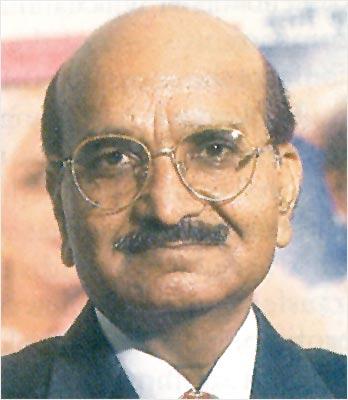


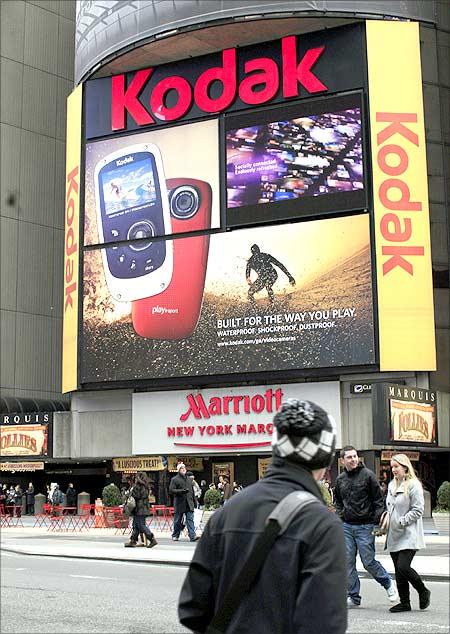

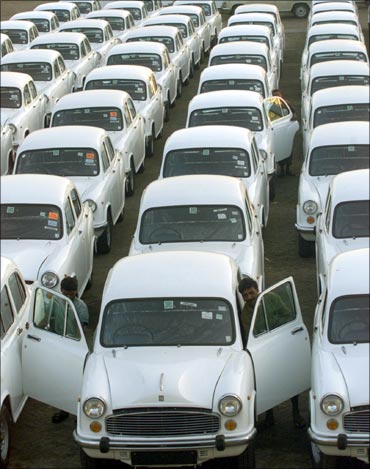
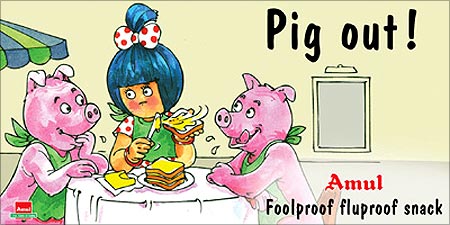
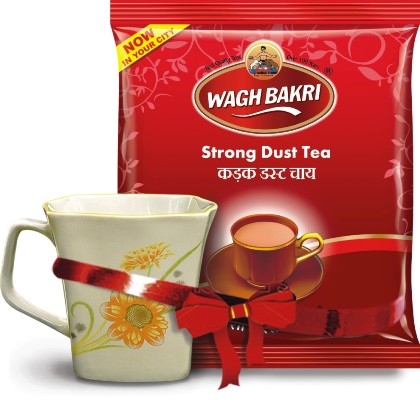

article